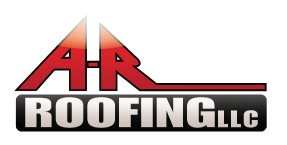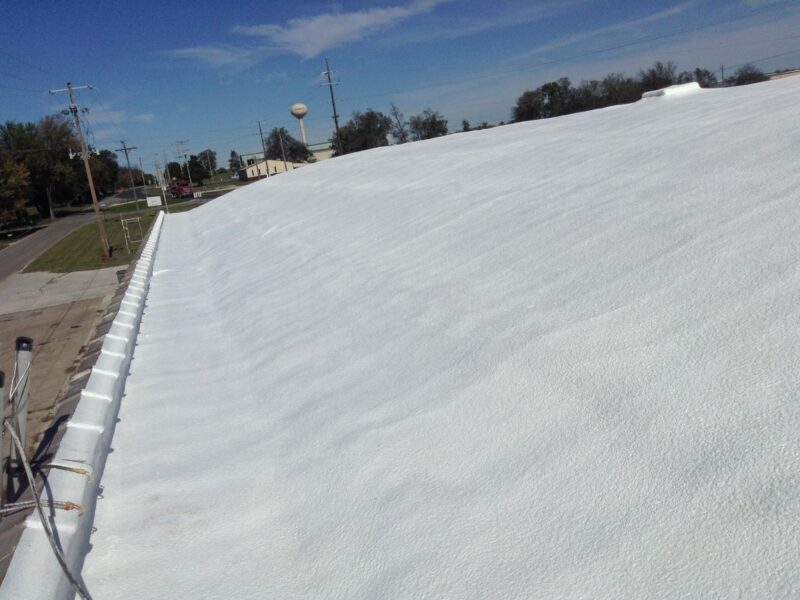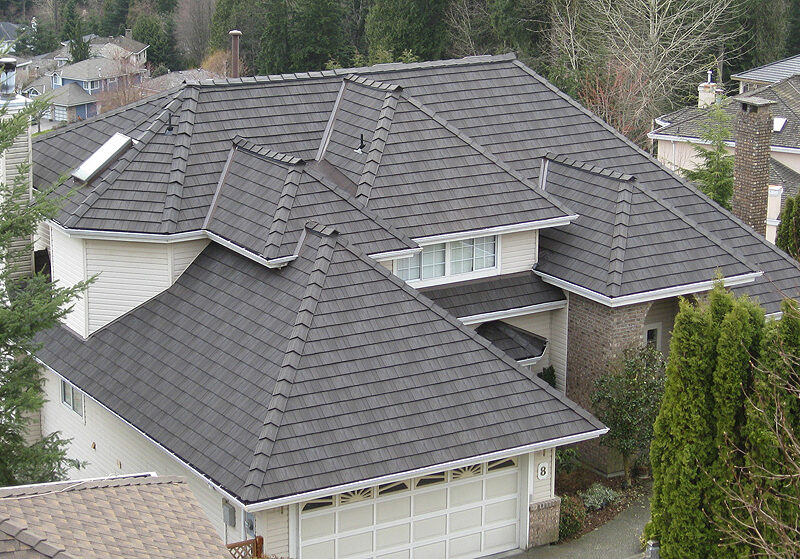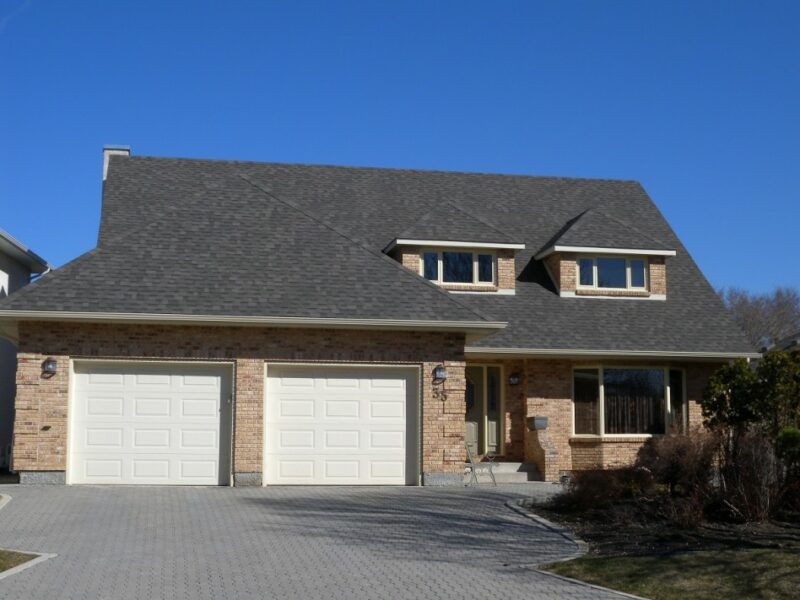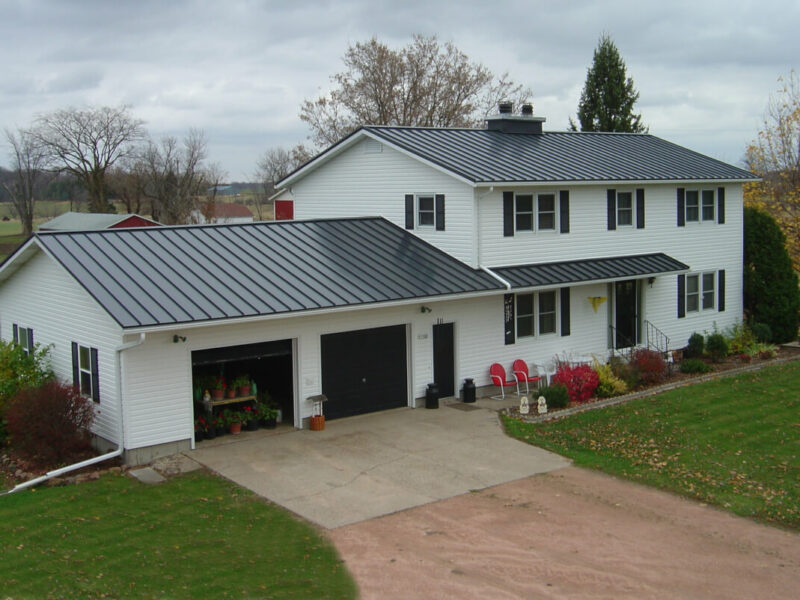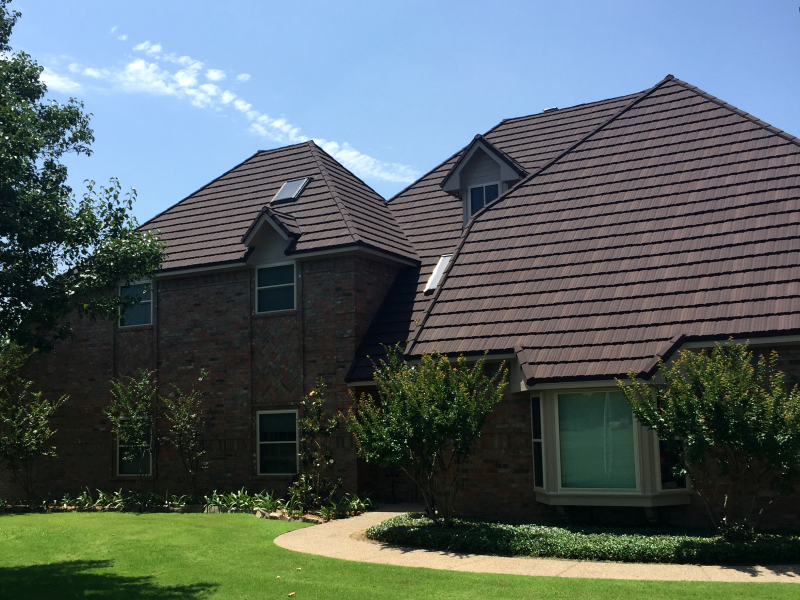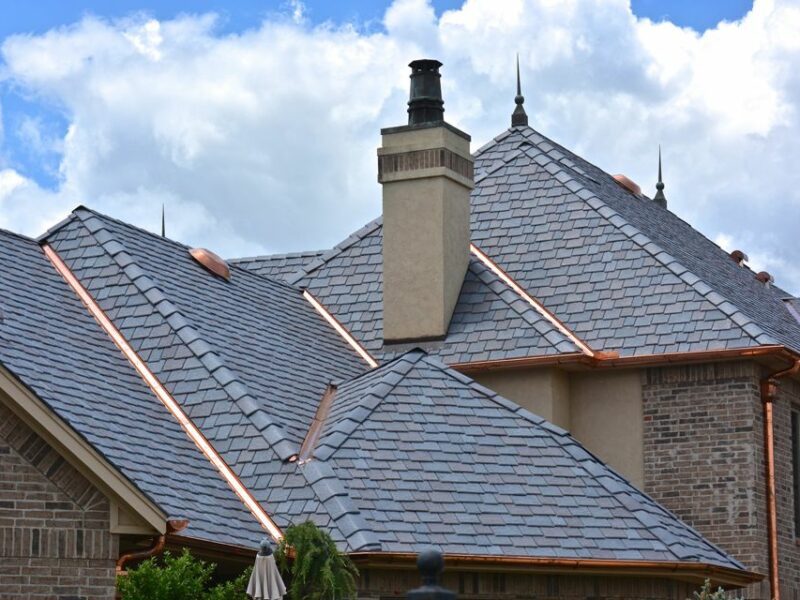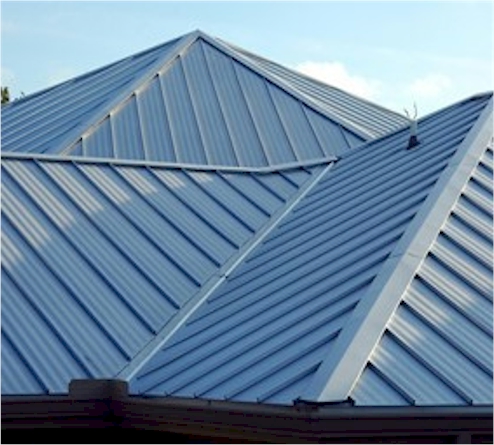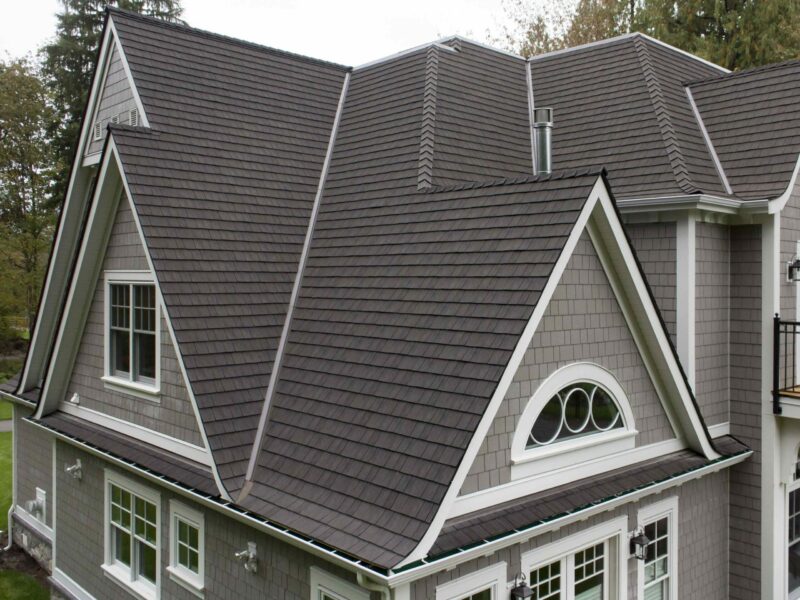We do the right thing on purpose
With more than 25 years of experience, AR Roofing is trusted by homeowners and business owners everywhere.
WHY CHOOSE AR ROOFING?
FAMILY OWNED
Our company has grown, but our values remain unchanged. We like to stay true to our roots.
CERTIFIED EXPERIENCE
Our crew members are licensed and insured. You know who you are working with.
TRUSTED & REVIEWED
Our reviews speak for themselves. Want to know why you should trust us? Just Google it!
OUR WORK IS COVERED
Your roof will be covered under a two-year warranty, but trust us, it will last you for years to come.
4.9 Out of 5 Stars on Google Reviews

OUR EXPERIENCE GOES BEYOND ROOFING
Not only do we pride ourselves in providing long-lasting, quality roofing—we also specialize in window installation and siding. Trust the company that does the right thing on purpose.
GET YOUR FREE QUOTE TODAY
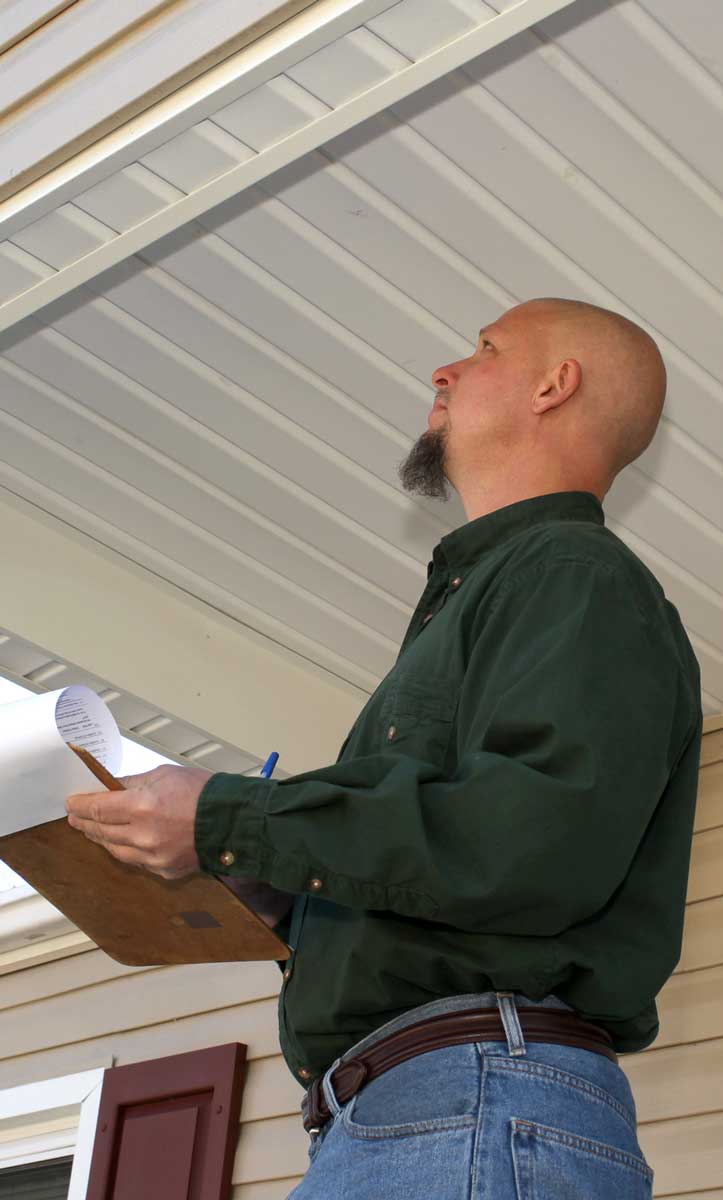
WHAT OUR CLIENTS THINK.
They installed a new roof for me. They were great to work with and the roof looks fantastic. Scheduling was quick and the price was very competitive. The sales rep they sent out was knowledgeable and good about following up with us while we worked through the decision process. I would highly recommend them.
We had multiple roofs that needed replaced due to a major storm. Steve A. was out quickly to assess the damage, get us quotes and answer all of our questions. He even made some suggestions that saved us time and money on the job. Work was done quickly and cleanly without me having to be on site to “supervise”. I would highly recommend Steve and A-R roofing.
Very professional service and down to earth to deal with. Was very happy with how I was treated! Steve Anschutz was great to work with. It was like talking to a knowledgeable friend who is helping you out. Steve’s a very genuine person who answers your questions professionally. It’s refreshing and much appreciated to get that kind of customer service.
Julie helped answer all of my insurance questions and got back to me in a very timely manner. She made the whole process as smooth as it could be. I appreciate you going the extra mile, Julie!
Working with Steve was very easy and professional. The fact that he took the time to give us an estimate with no pressure to use AR was nice compared to other companies.
We had a quality and fast installation and would recommend them to anyone who is needing a roof / gutters replaced.
Called AR roofing to get an estimate for a complete roof replacement. Steve was quick to respond and gave me a competitive quote, Workers did a great job on the roof, overall I highly recommend them for all your roofing needs.
AR Roofing has to be the best roofing company in Wichita. Several years ago my wife and I had a leak in our roof. I had about 6 different roofing companies come out and give me an estimate. When I followed up to set up a time for them to do the repairs not a single one got back with me because they considered the job to small. AR Roofing was the only one to give me an estimate and then follow through on the repairs. They completely fixed the leak. Recently I called them because I had a concrete shingle on my roof that had cracked. They were able to locate the shingle and replaced the old for free. Thank you AR Roofing, your the best. When I eventually need to replace the roof I will use your company.
Steve from AR Roofing was great to work with. Explained in detail all that was needed for our roof replacement and repair and took the time to explain the pros and cons of each brand of shingle we could go with. Roofers showed up on time…worked all day and clean up was impeccable. Not 1 nail was found anywhere in our yard. Steve then took the time to come back when they were done and make sure everything was completed and acceptable. Great company to work with!
